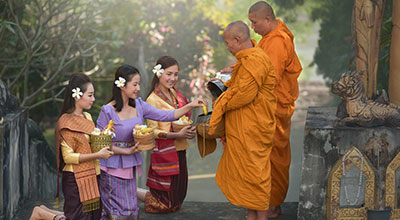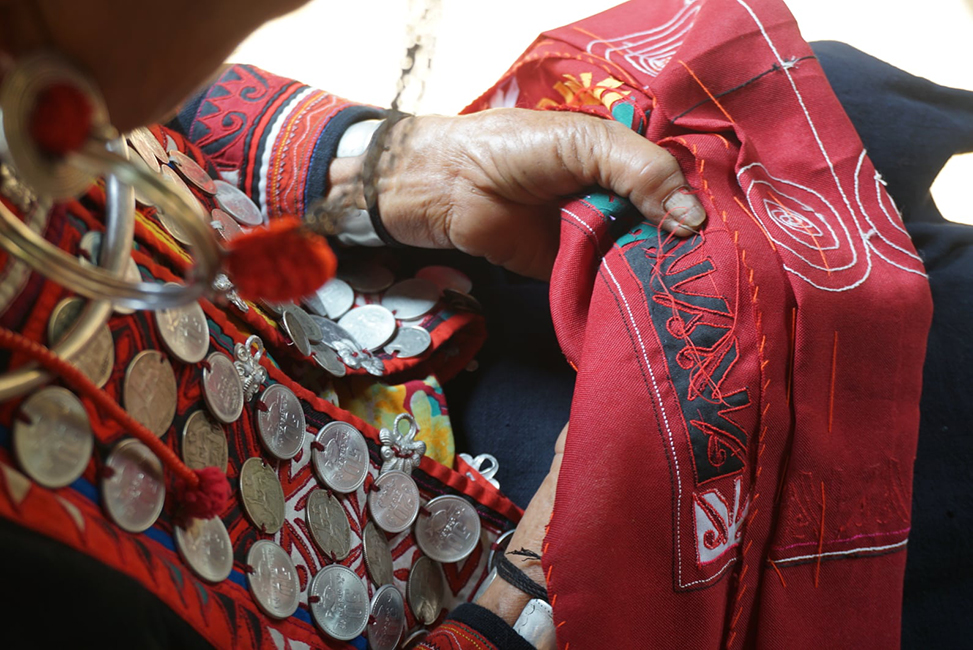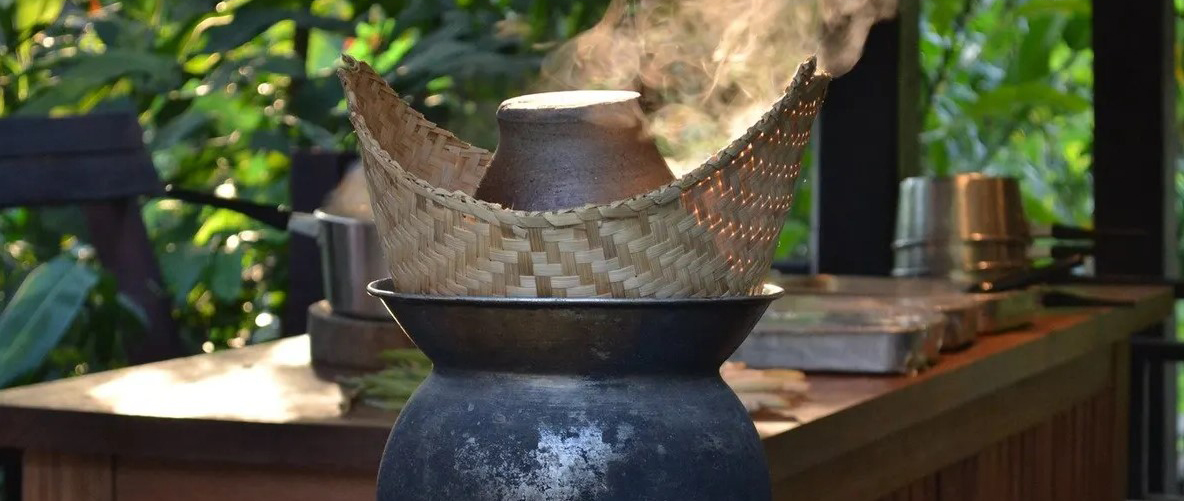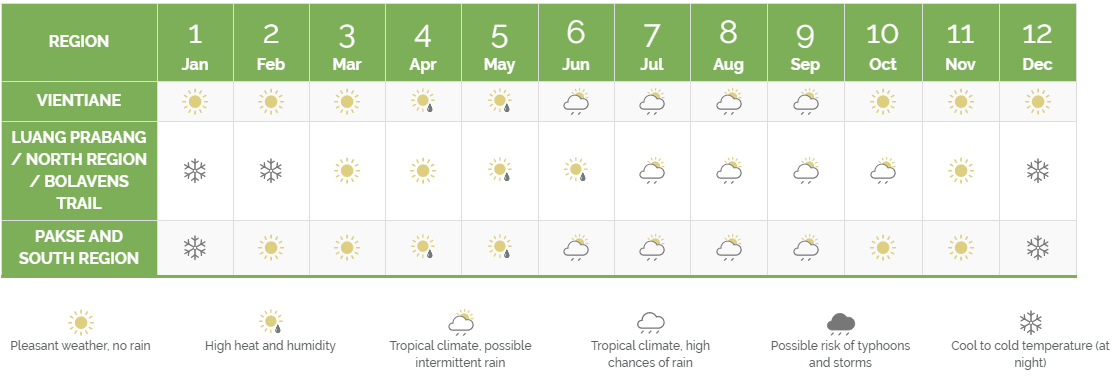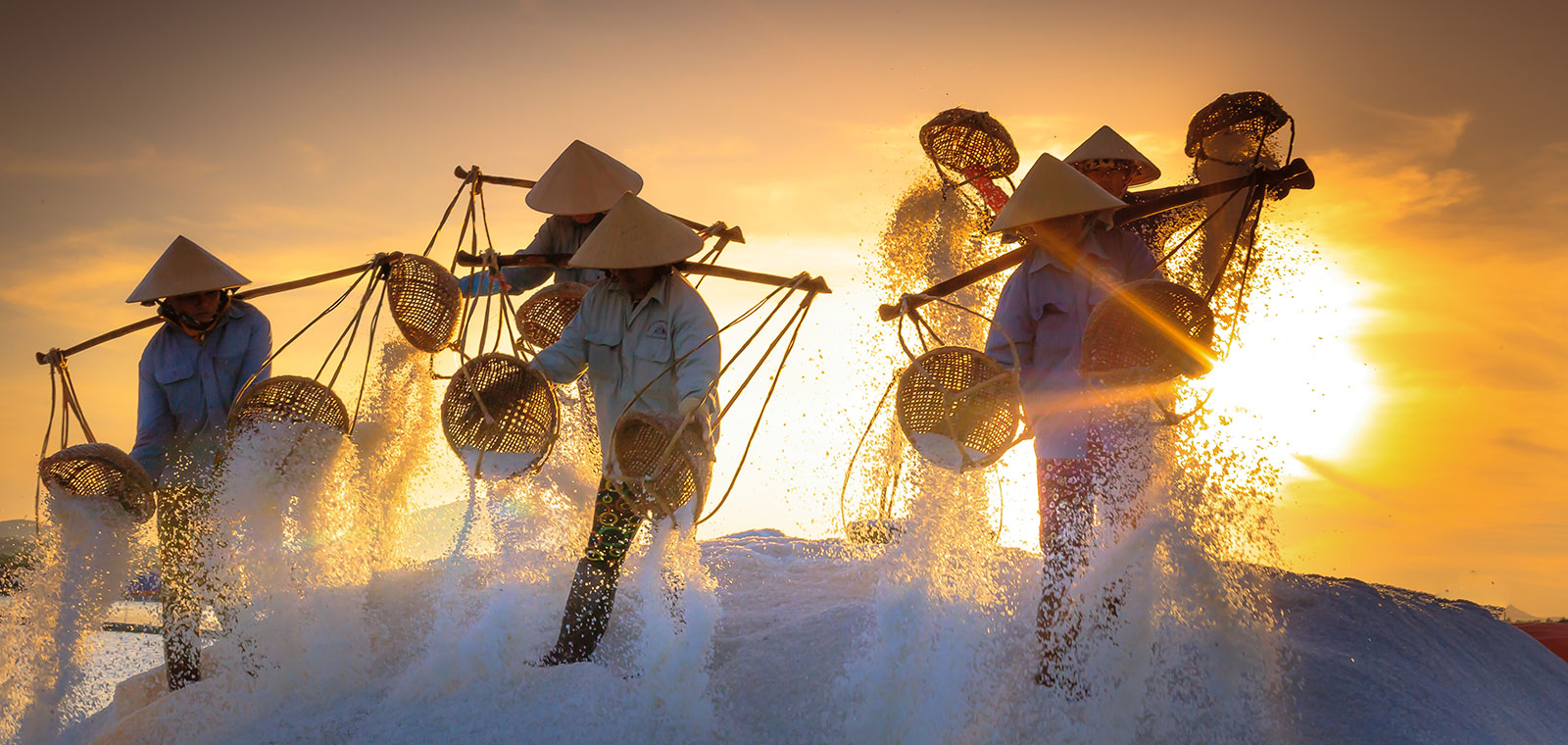Laos offers a delightful culinary experience with its unique and flavorful cuisine. Here's an overview of the food and drink in Laos:
Lao cuisine is characterized by its freshness, fragrant herbs, and combination of spicy, sour, and savory flavors. Sticky rice (khao niao) is a staple in Lao meals and is often eaten with various dishes. One of the most iconic Lao dishes is Larb, a minced meat salad mixed with herbs, spices, and lime juice. Another popular dish is Tam Mak Houng, a spicy green papaya salad.
The cuisine also features dishes like Or Lam (a hearty stew made with vegetables and meat), Mok Pa (steamed fish in banana leaves), and Sai Oua (spicy Lao sausage). In Luang Prabang, you can try Mekong River fish dishes like Mok Pa Farang (grilled fish in banana leaves).
Lao cuisine incorporates a variety of fresh herbs and vegetables, including lemongrass, galangal, kaffir lime leaves, and coriander. These ingredients contribute to the vibrant and aromatic flavors in Lao dishes.
To complement the meal, Laos is famous for its local beverages. Beer Lao, a light and crisp beer, is a popular choice among locals and visitors alike. Lao-Lao, a rice-based spirit, is another traditional drink that is often consumed during festive occasions.
For coffee lovers, Laos is known for its delicious and smooth coffee. Lao coffee, often made with locally grown beans, is typically strong and served with condensed milk. You can enjoy it hot or over ice.
Exploring the local markets, street food stalls, and traditional restaurants is the best way to experience the diverse flavors of Lao cuisine. Whether you're savoring spicy dishes or indulging in refreshing drinks, Lao food and beverages are sure to leave you with a memorable culinary experience.
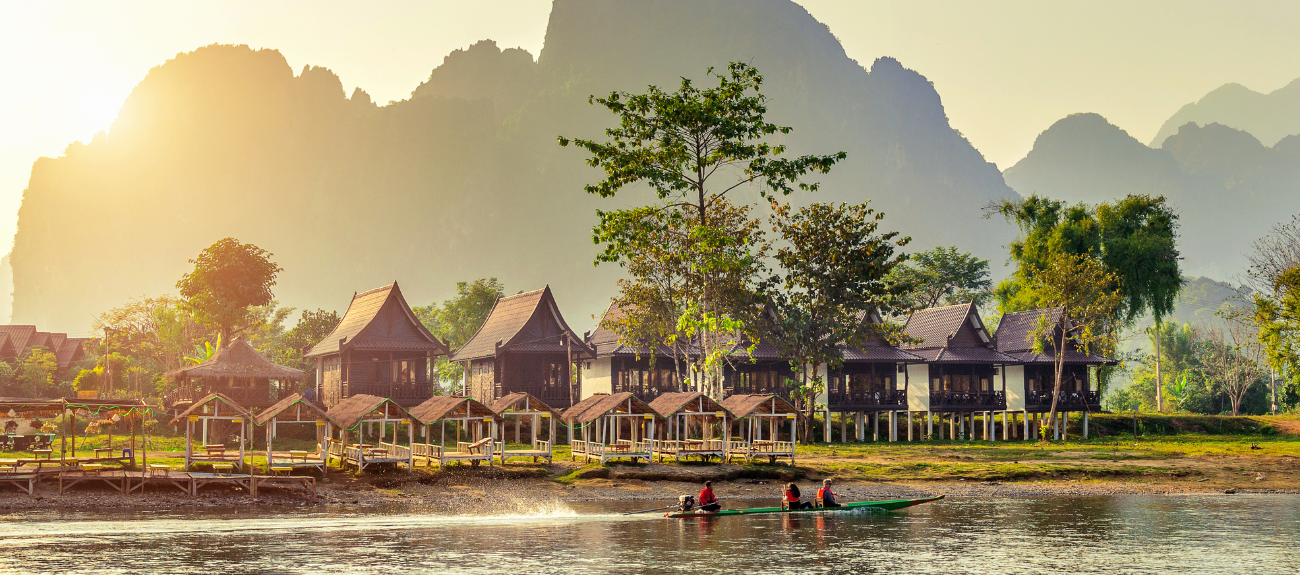
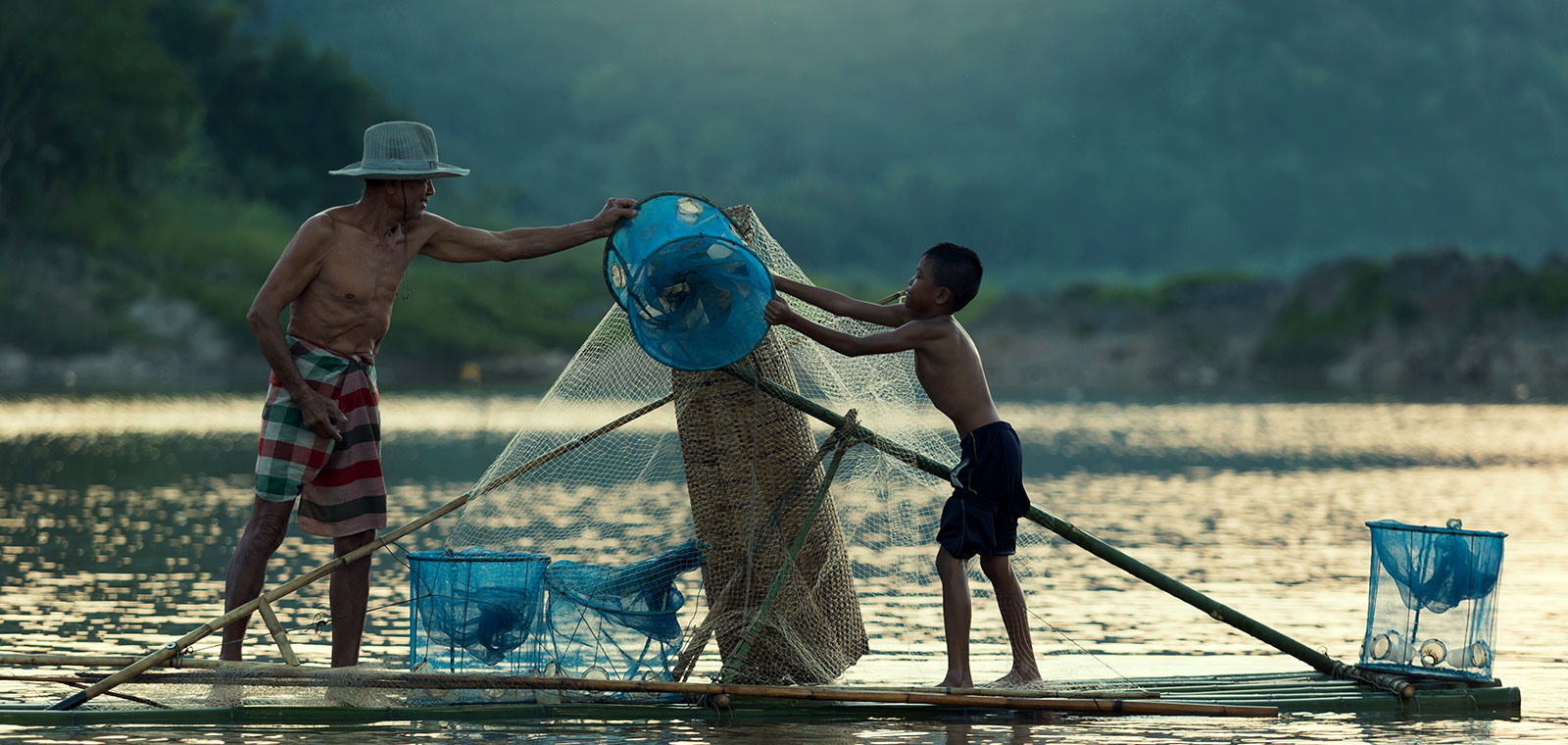

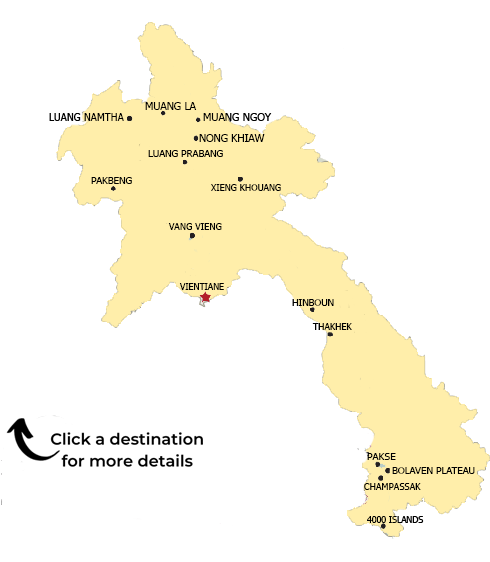
 Best time to visit VIENTIANE
Best time to visit VIENTIANE 

